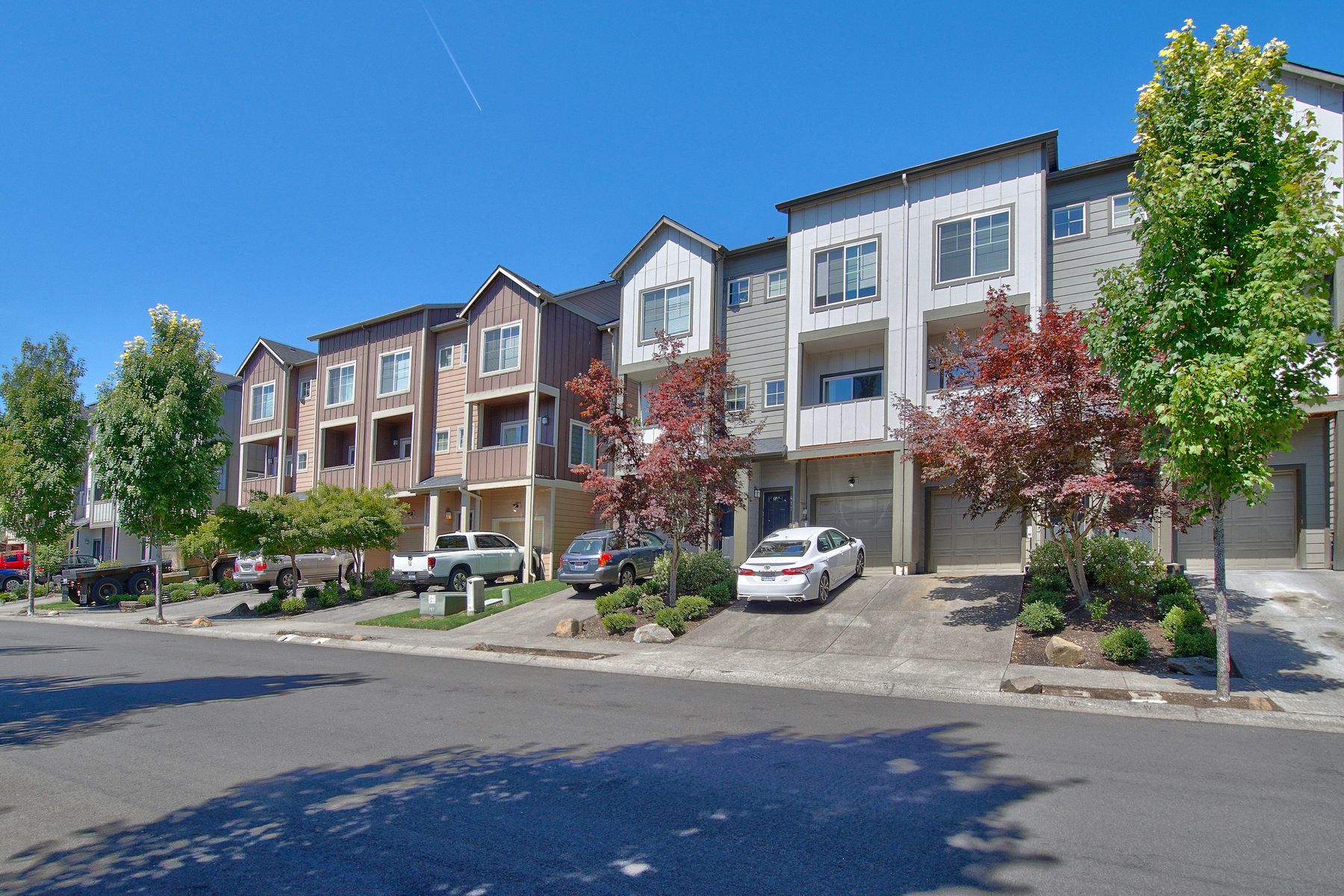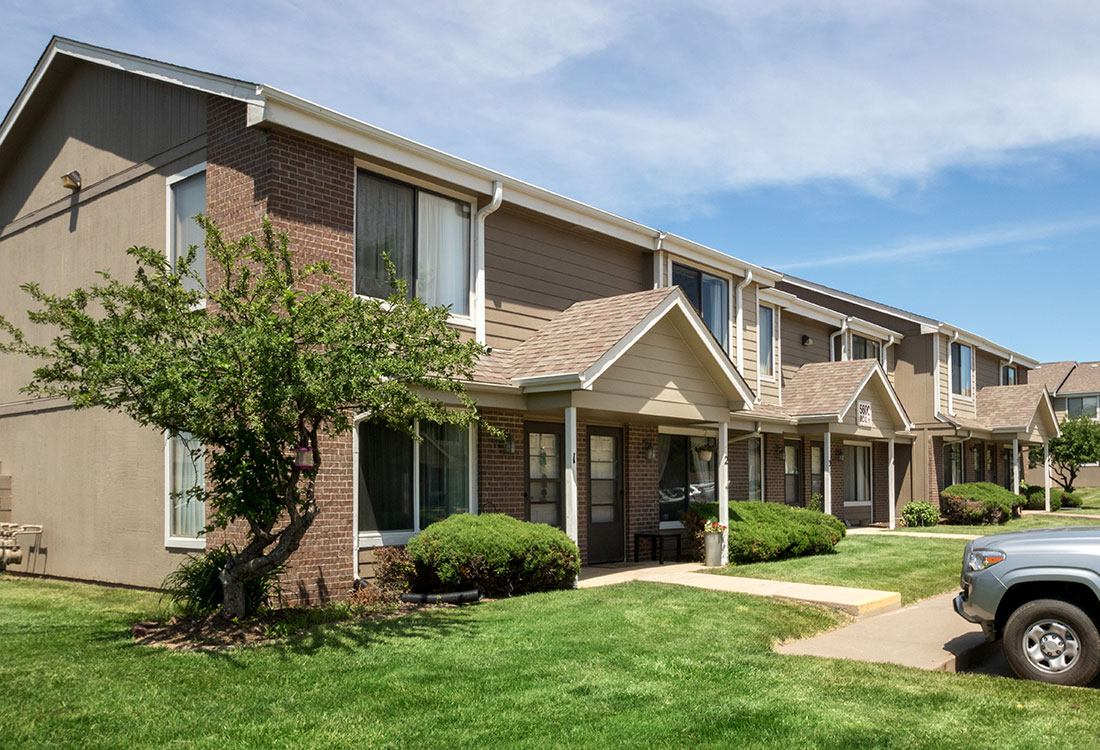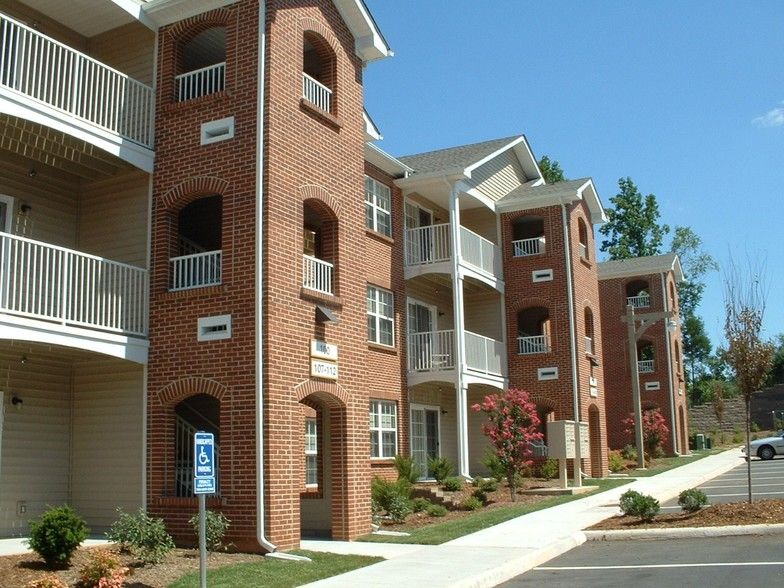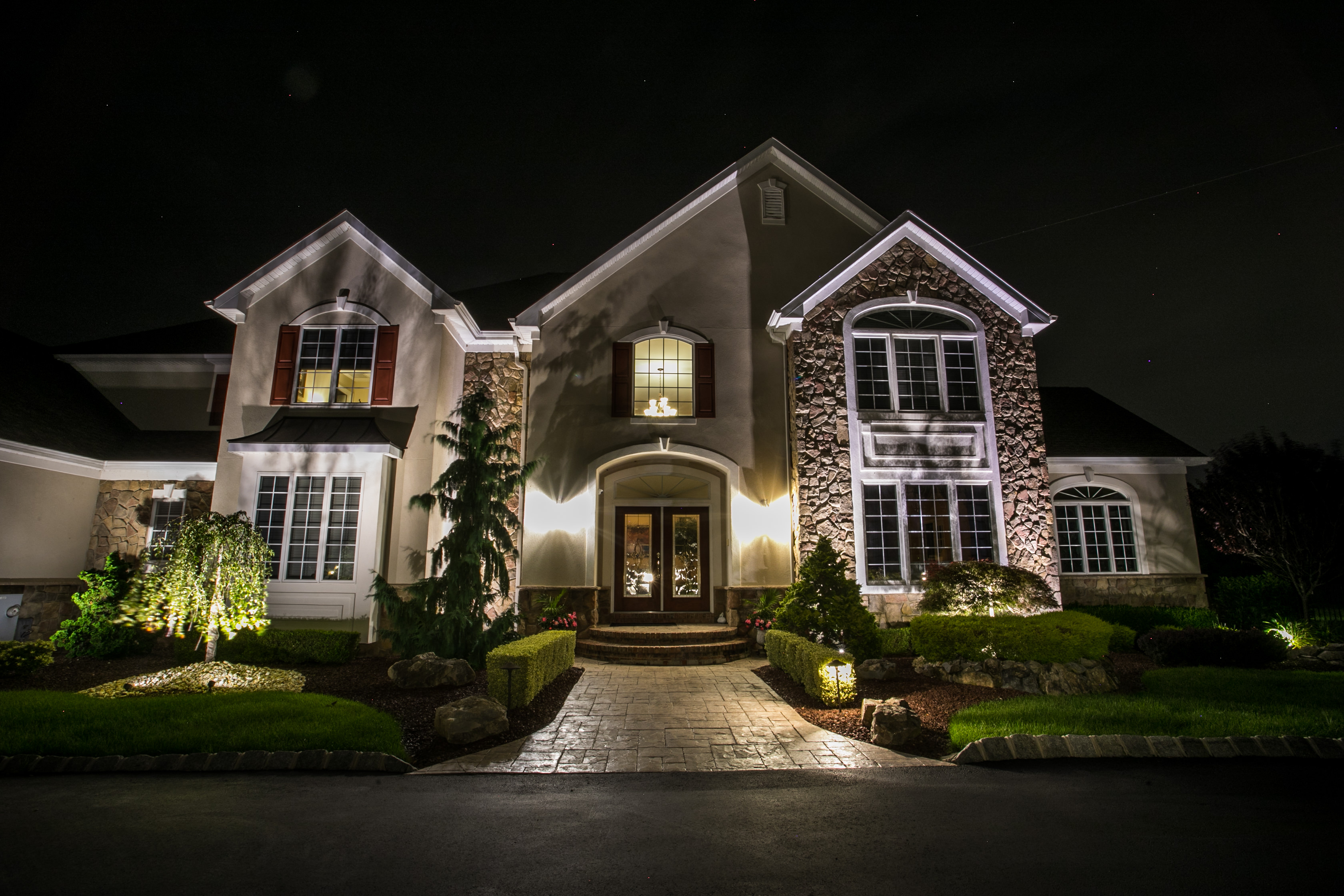Table of Content
The last thing you want is to burn down your house or cause a flood because you didn’t set up your utilities correctly. Granted, if you have four kids, two dogs, and your elderly parents living with you, 1,000 square feet may not cut it. The first contractor wouldn’t even listen to what we wanted, and kept challenging our budget. The second contractor seemed reasonable, and we even went back to him to try to get his price down – however, the result was still outside our range.
Carrying out a land feasibility study on a piece of property will help you see if your project can be successfully developed for your home. If you're set on building a new home there are many ways you can keep your cost down. That of course, will make the banks more likely to fund your new home building project.
List out what you’ll need for every project.
In fact, by being well researched, proactive and decisive, it’s easy to have a build come in right on budget. And at least half of the money we spent was simply the cost of labor. Had we chosen to build a one-floor plan with a shed roof that was closer to the ground we could have saved at least $3,000-4,000 just on the roof. The cost savings you realize from subcontractor and supplier selection will be driven by the amount of time you invest. The goal being to find a subcontractor who can deliver your desired level of quality at the best price. When you build a home yourself, you have control over everything.
Don’t make your budget so tight that even one mishap would set you over the edge. You may or may not need it, but if you do, you’ll be glad you have the money handy and don’t need to take out a loan or max out a credit card. This is important from the start so you get a proper bid and aren’t hung out to dry with expenses you can’t afford. If you change your mind or don’t like something along the way, talk to your builder immediately. You could stop them from doing more of what you don’t like, costing you more money to fix it down the road. Than the traditional hardwood floors you initially picked out?
Be Your Own General Contractor
Laura ditched her career as a fitness center manager for the relative freedom of home-based writing and editing work. She stays busy by working on her own website, GirlsGoneSporty, a website designed to help the sporty woman live the sporty life. If you have a Habitat for Humanity ReStore in your area, call and ask when it receives its donations. These stores often stock new, high-quality items such as light fixtures, toilets, windows, and doors. Furthermore, they also receive donations of second-hand items.

This is especially true if you are trying to build with straight-up cash, but applies just as much to those with loans of any kind. Find a system that works for you to keep your building materials and shopping lists properly managed. We actually have some easy worksheets to do this in our Owner-Builder Home Planner. We kept every single receipt from our building project so far and I would wager that we have up to $1000 just in quick little items we ran to the store for.
Don’t pay for unusable space
If you choose to finance your home with, say, a 15 –year mortgage instead of a 30-year mortgage, you’ll build equity faster. Plus, your interest will accrue for a longer period.Equity is the value you get when you subtract what you still owe on the mortgage from its market value. On a long mortgage period, the amount you owe will remain higher for longer, thus reducing your equity. Be sure to choose a company with a reputation for finishing their work within the allotted time. Only a certified general contractor should build your home. Just before completion, the builder may offer to do the landscaping for you.
They will usually charge far more than it would cost for you to do it yourself. Work with a contractor with an environmentally conscious work ethic and see what you can reuse. You’d be surprised at how many corners you can cut on material prices just by recycling materials. You may think skipping the architect is the best choice since they cost thousands of dollars, but don’t.
Managing the project yourself can save more than 10 percent of your total building cost. You may not be a professional architect or engineer, but you can eliminate the extra expense of custom blueprints by browsing premade house plans to find one that best fits your vision and budget. Time is money, and when you have everyone from a general contractor to a landscaping team on the clock, the cost of building a new home adds up quickly. One creative way to control the bottom line is by taking on part of the labor yourself.
If a real estate agent showed our house, we would only have to pay a 3% commission fee; but if someone found our house directly, we could still sell it without having to pay a dime to the realtors. When the first few deals fell through, we decided that we needed to generate more foot traffic to our house. Not ready to hire a real estate agent yet, we turned toFSBO.com. It allowed us to get a MLS listing so that every real estate agent in the market could see our house and it got listed on the top websites like Realtor.com and Zillow.
“While you may think you’ll save money buying a sloping lot, any savings will likely be negated by costly site prep and necessary additional foundation materials,” he says. There are many established companies and professionals that can save you a great deal of money when building a new home. They can come up with a floor plan the fits your needs and build it quickly so you can move in sooner. Professionals can also help find lots that work well for your family at a good price. Choosing your products wisely can have a large impact on the total cost of your project. Don’t be afraid to ask the experts for advice and to enquire about new products on the market.

Not all lenders charge the same, especially for construction-to-permanent loans. Know your options and look at the bottom line, not just the interest rate. If it’s too rocky, or needs extensive work to provide draining, there may be much more work involved than you think, which means it may cost a lot more than you anticipated. But, if you have an excessive amount of materials left, return them.




























